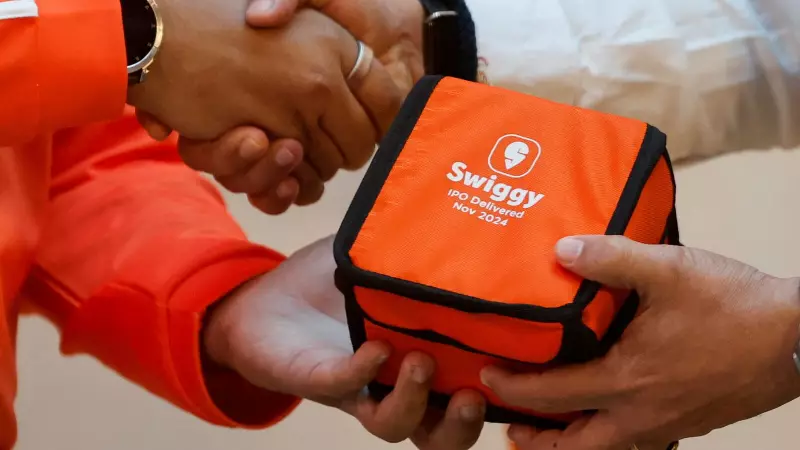
In a dramatic turn of events, Swiggy's financial performance has taken a significant hit during the second quarter, with losses widening substantially as the food delivery platform doubles down on its quick commerce ambitions. The intense rivalry in India's rapidly expanding instant delivery market is pushing companies to burn through cash at an alarming rate.
The Numbers Tell a Troubling Story
Swiggy's parent company, Bundl Technologies, reported consolidated net losses soaring to ₹1,617 crore in the second quarter of FY24. This represents a staggering 40% increase compared to the ₹1,142 crore loss recorded during the same period last year. The mounting losses come despite a modest 3% growth in operating revenue, which climbed to ₹2,056 crore from ₹1,996 crore year-over-year.
Quick Commerce: The Billion-Dollar Battlefield
The primary driver behind Swiggy's expanding losses appears to be the company's aggressive push into the quick commerce space through its Instamart vertical. The Indian instant delivery market has become a fierce battleground, with Swiggy locking horns with competitors like Blinkit (owned by Zomato) and Zepto in a race to dominate the 10-30 minute delivery space.
Industry analysts suggest that the quick commerce model requires massive investment in dark stores, delivery infrastructure, and customer acquisition—all of which contribute to the mounting losses. The competition has intensified to such an extent that companies are offering deep discounts and absorbing delivery costs to capture market share.
Cash Reserves: Preparing for the Long War
In response to the challenging competitive landscape, Swiggy is reportedly planning to bulk up its cash reserves significantly. This strategic move indicates the company's preparation for an extended period of intense competition and investment in the quick commerce segment.
The cash infusion is expected to fuel several key initiatives:
- Expansion of Instamart's dark store network across key cities
- Enhanced delivery capabilities and reduced delivery times
- Aggressive customer acquisition and retention programs
- Diversification of product categories beyond groceries
Market Context and Future Outlook
The Indian quick commerce market is projected to reach $5 billion by 2025, making it one of the fastest-growing segments in the country's digital economy. However, the path to profitability remains uncertain as companies continue to prioritize growth over immediate financial returns.
Swiggy's performance contrasts with its main competitor Zomato, which recently reported its first-ever quarterly profit. This divergence in financial trajectories highlights the different strategic approaches being adopted by major players in the food delivery and quick commerce ecosystem.
As the quick commerce war intensifies, industry watchers are closely monitoring whether Swiggy's aggressive investment strategy will pay off in the long run or if the company will need to recalibrate its approach to achieve sustainable growth.





